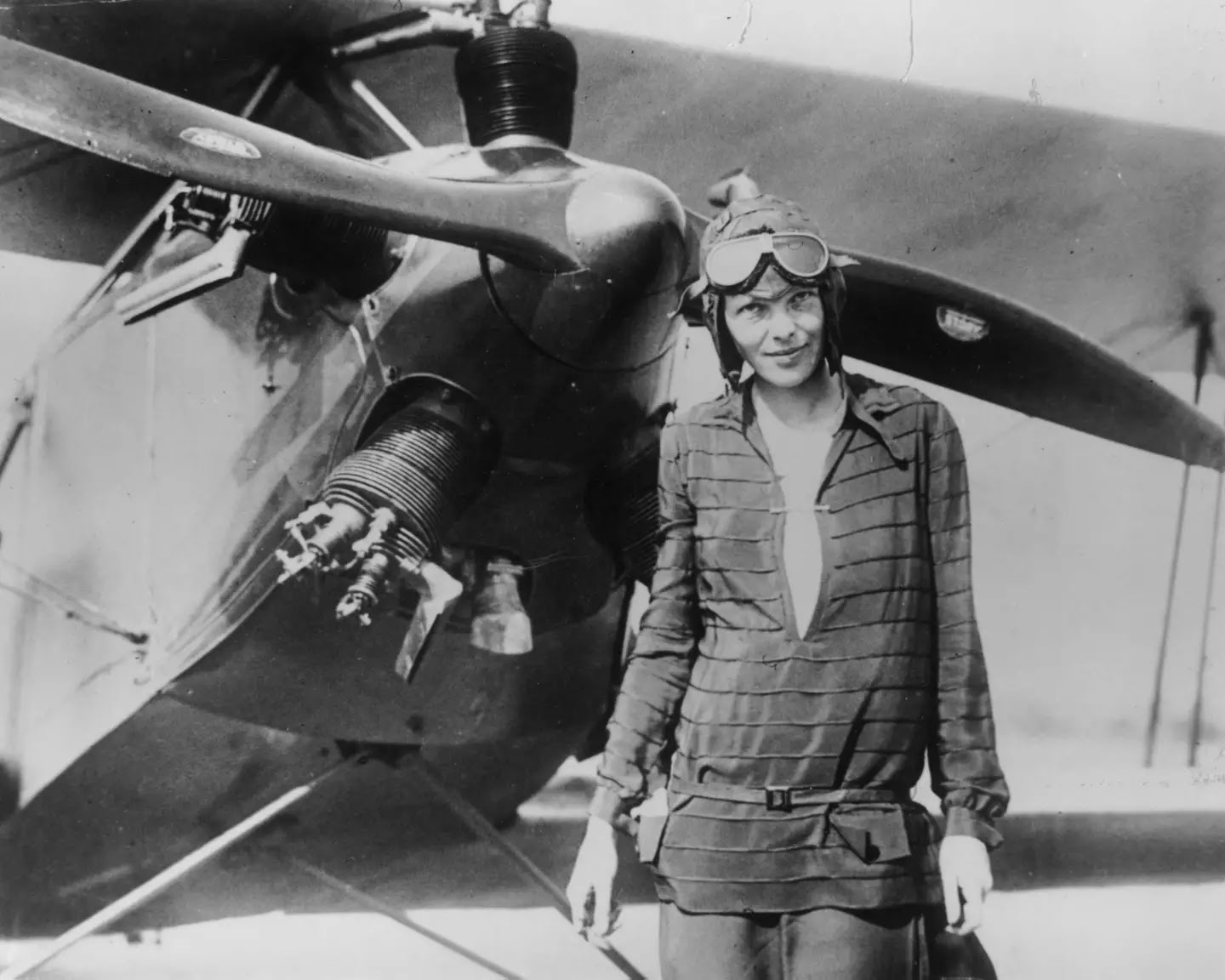Amelia Earhart’s Plane May Have Finally Been Found After 88 Years
For nearly nine decades, the name Amelia Earhart has remained one of aviation’s greatest enigmas. On July 2, 1937, the fearless aviator disappeared somewhere over the Pacific Ocean while attempting to become the first woman to fly around the world.
Since that day, countless explorers and researchers have searched for clues — wondering whether she crashed at sea, survived on an island, or vanished under extraordinary circumstances. Now, a new discovery might finally reveal the truth behind her disappearance.

The Woman Who Redefined Courage
Amelia Earhart was more than a pilot; she was a symbol of courage, freedom, and ambition. As the first woman to fly solo across the Atlantic, she inspired generations to dream beyond limits. But when her Lockheed Electra vanished mid-journey, her story turned into one of history’s most haunting mysteries.
Theories over the decades ranged from ocean crashes to survival on a deserted island — even to elaborate conspiracies. Yet despite endless efforts, no confirmed wreckage was ever found. Until now.
The Search Fueled by Science
Over the years, advanced technologies such as sonar mapping, satellite imagery, and underwater drones have been deployed in the hunt for her aircraft. Teams studied radio transmissions, weather logs, and naval reports, hoping to pinpoint her final location.
Most missions ended in frustration — until a recent deep-sea expedition changed everything.
A Breakthrough Beneath the Waves
Earlier this year, a team of international explorers used modern imaging and magnetic scanning equipment to survey an uninhabited island near Earhart’s last recorded flight path. The data revealed a metallic object resembling the outline of her aircraft’s fuselage and twin-engine mounts.
When divers were sent down, they found what appeared to be landing gear half-buried in coral. According to lead archaeologist Dr. Patrick Reynolds, “The rivet pattern and metal structure match the Lockheed Electra Model 10-E precisely. This is the closest anyone has ever come to confirming her aircraft’s fate.”
The wreckage sits nearly 16,000 feet below the surface — a depth unreachable by previous technology.
Clues That Fit the Final Moments
Experts believe the discovery aligns with Earhart’s final radio signals, suggesting she may have been attempting an emergency descent before contact was lost. The debris field and positioning of the wreckage seem consistent with this theory.
If confirmed through forensic testing, this could be the defining breakthrough in aviation archaeology.
What It Means for Her Legacy
Finding Amelia Earhart’s plane would not just solve a mystery — it would honor her legacy as one of history’s most fearless explorers. For decades, she has symbolized the courage to challenge limits and the spirit of discovery.
“This isn’t only about finding metal,” said aviation historian Dr. Melissa Grant. “It’s about closing a chapter in human history and celebrating a woman who showed us what true determination looks like.”
Her influence continues to inspire pilots, scientists, and young dreamers across the globe.
The Road to Confirmation
Researchers are now analyzing the recovered fragments, comparing them with Lockheed factory records from the 1930s. Marine archaeologists, aviation engineers, and historians are working together to authenticate the find.
While experts urge patience as testing continues, early evidence has already reignited hope that one of history’s longest-standing mysteries may finally be solved.
The Sky Was Never the Limit
If the discovery proves true, it will mark one of the most remarkable historical finds of the century. Yet even without final confirmation, Amelia Earhart’s legacy remains untouchable.
She taught the world that the pursuit of the unknown is as important as the answers we find. Whether her plane truly rests beneath the Pacific or not, her spirit continues to soar — reminding us that adventure never ends for those brave enough to chase it.
